|
In a recent publication in the Journal of Animal Ecology we show that the fundamental changes to the mode of life that viviparity brings to squamate females, were surprisingly not reflected in either the number of offspring produced at a single reproductive event (birth, clutch), or their size, or the total mass of offspring produced relative to the size of their mother. The distributions of all these traits in viviparous squamates are remarkably similar to those of oviparous ones. Incidentally we have found that the mass of a recently hatched squamate is (on average, despite much variation) similar to the mass of the egg its mother laid.
1 Comment
In a recently published paper in the Biological Journal of the Linnean Society Shai has shown that the spread of ratios of hatchling or neonate masses to adult masses is very similar across the three classes of amniotes (mammals, birds and, of course, reptiles). This suggests that relatively large offspring are the ancestral and dominant mode of amniotes and have not evolved in response to the elaborate parental care of endotherms 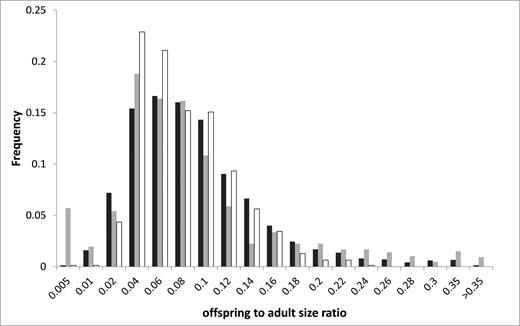 The relative frequencies of the ratio of offspring size to adult size in mammals (grey), squamates (black) and birds (white). The peak at the smallest ratio is almost entirely composed of metatherians, but mammals (mostly bats) also dominate the highest ratio categories. Note that the range of values is narrower in birds than in either squamates or mammals. 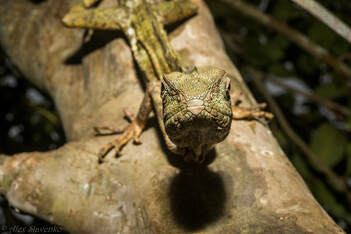 Hypsilurus papuensis from Mt. Victoria, PNG Hypsilurus papuensis from Mt. Victoria, PNG Throughout the years, scientists have formulated various ecological "rules" describing how body size evolves as an adaptation to various climatic factors – the first and most famous of these being Bergmann's Rule which posits animals increase in size in cold habitats as an adaptation to minimize heat loss. In our recent paper published in Global Ecology and Biogeography, we examined trends in body size of squamates, utilizing GARD's massive dataset of distributions and body sizes. We examined these trends both at the assemblage level (how median size of squamate assemblages changes from one area to the next, and how it's correlated with climatic conditions in those areas) and at the species level (how body size changes from one species to the next, and how it's correlated with the climatic conditions experienced by each species). 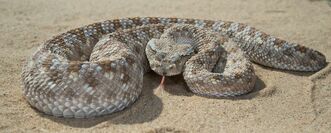 Cerastes gasperetti from the Arava Cerastes gasperetti from the Arava Our most basic prediction was that if the proposed mechanisms behind these rules work, we'd see the expected correlations in most cases. What do we mean by that? If, for instance, Bergmann's Rule works, in most cases (squamates on different continents, or in different families, etc.) we'd see a negative relationship between size and temperature. What we found is, for lack of a better term, a huge mess - the spatial patterns for squamates differ from the spatial patterns for lizards and snakes separately, and from continent to continent, and between different families. For each of the climatic variables we examined, we found positive relationships with size in roughly a third of the cases, negative relationships in roughly a third of the cases, and no relationships in about a third of the cases. When we examined patterns at the species-level we found an extremely strong phylogenetic signal, which makes sense (geckos and skinks are typically all small, varanids and pythons are typically all large, etc.), and we found that climatic variables explain about 1-2% of the interspecific variation in body size, a fraction so small as to be almost negligible. To sum it all up, our conclusion was that the effect of climate on size evolution in squamates is negligible at best, at least at the interspecific level. Of course, climate can be very important – it can serve as an ecological filter for dispersal and colonization of different groups, which can create spatial patterns in body size when these groups differ in size, as we indeed find (for instance – most squamates in Australia are skinks, and most skinks are very small). In any case there doesn't seem to be some general "rule" we can formulate on how climate affects body size evolution, and we think such evolutionary relationships, if they exist, are highly species-specific and should be examined on a case-by-case basis. Author & photographer: Alex Slavenko
In a recent publication in Biological Journal of the Linnean Society, we present a comparative analysis exploring patterns and drivers of longevity of 1320 reptile species, spanning all orders. In recent years, there have been many studies focusing on the effect of different ecological variables and life-history traits on the variation in longevity of specific taxonomic groups, focusing mostly on birds and mammals (with the only large- scale ectothermic study done on squamates by Scharf et al. 2015). In order to expand our knowledge on the effect of environmental and life-history variables on the variation in longevity of animals, we tested the effect of ecological variables (through various hypotheses) related to extrinsic mortality (e.g. predation) on the variation in longevity among and within lizards, snakes, turtles and crocodiles. We found that species living on islands, and in colder and more seasonal environments, live longer. Moreover, sampling more individuals increases the chances of finding older specimens, and should be corrected for when studying maximum longevity. We hope these analyses will enable us to better understand the drivers of longevity in reptiles (and other taxa). We hope this paper will facilitate more large-scale comparative studies on the causes of the variation in longevity of tetrapods in general. Author: Gavin Stark
In a recent publication in Global Ecology and Biogeograpy, I present a vast dataset of over 20 body size, ecological, thermal biology, geographic, phylogenetic and life history traits for global lizards.
I hope these data will facilitate more study into the biology of these most fascinating of creatures, and that the database publication will encourage others to add yet more data and to correct errors I surely have made when assembling them.
Author: Shai Meiri In a recently published paper in Diversity and Distributions we try to illuminate aspects regarding the biology, and conservation of all narrow ranged lizard species, across the globe.
When exploring different attributes of small ranged species we found that most of them inhabit relatively inaccessible places in tropical climates worldwide. Furthermore, they are mostly small bodied species; many of them are active at night; and live in rocky habitats. Among the different lizard groups geckos and skinks dominate with many rare species.
This work could help better focus conservation efforts by pointing at the species, and places, that are in the greatest need of protection. Many of the species, especially those which have not been observed for decades, may well be already extinct. However, to-date only six of the species studied have been officially recognized as such. In order to examine the true extent of such extinctions, and try to prevent future ones, the study provides invaluable information for directing future research and conservation efforts. |
AuthorMainly maintained by Shai Meiri and Uri Roll Archives
October 2022
Categories
All
|

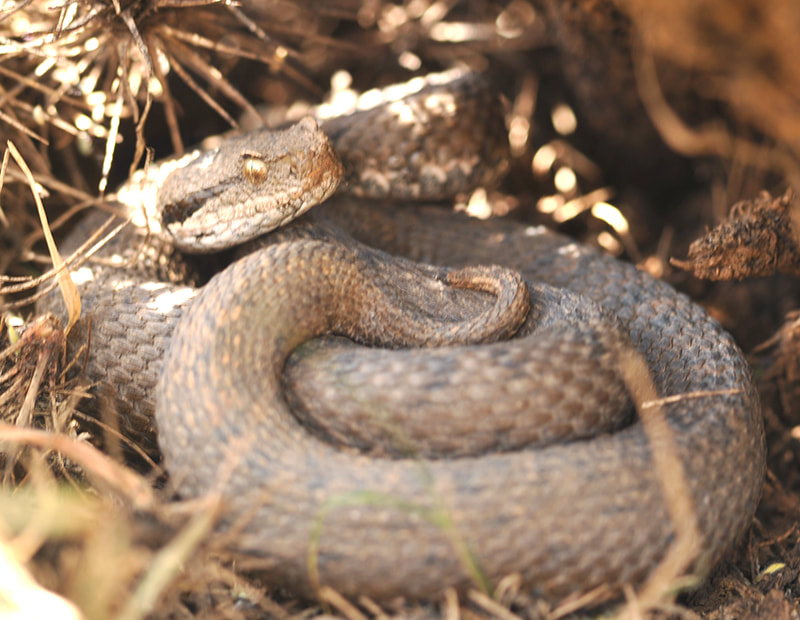
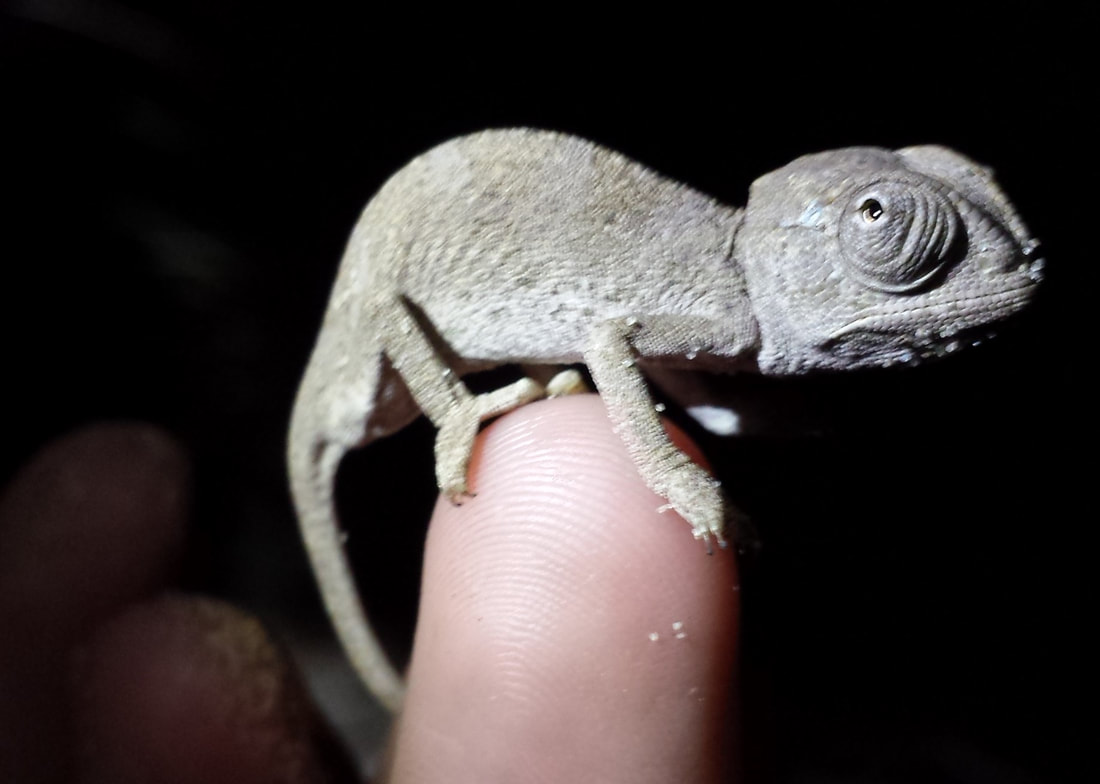
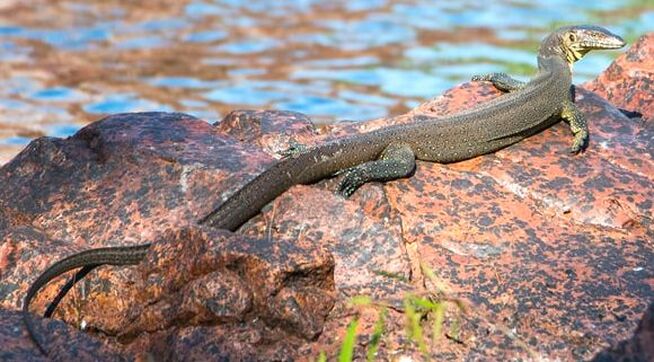
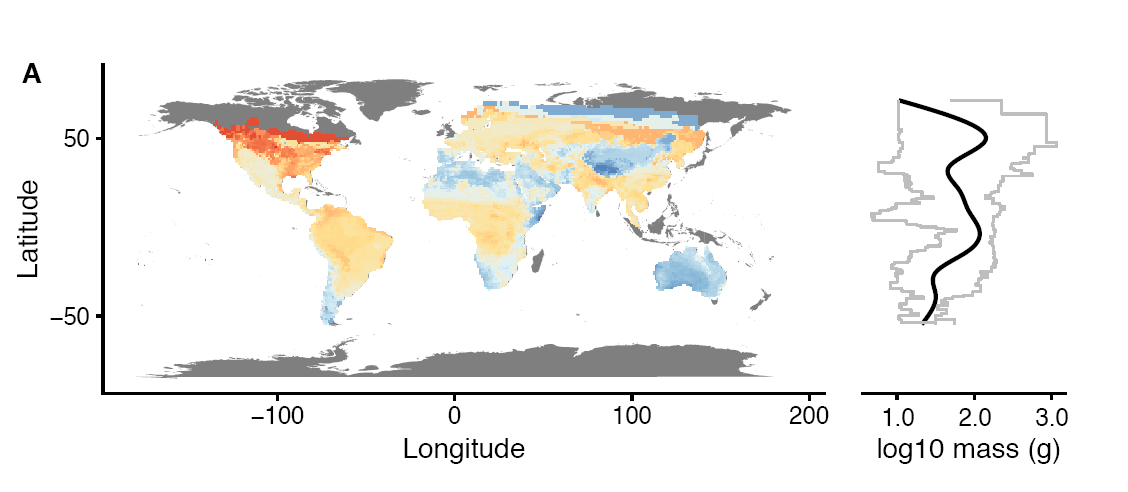
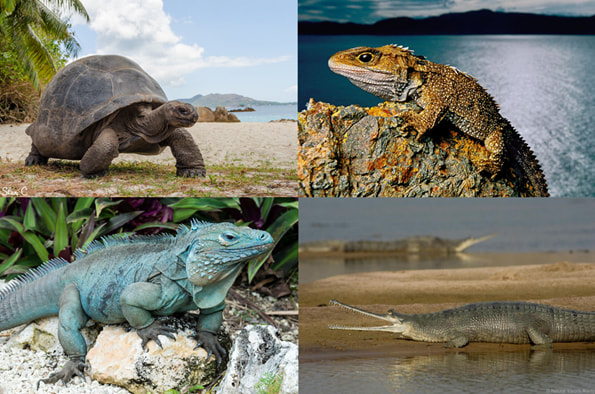
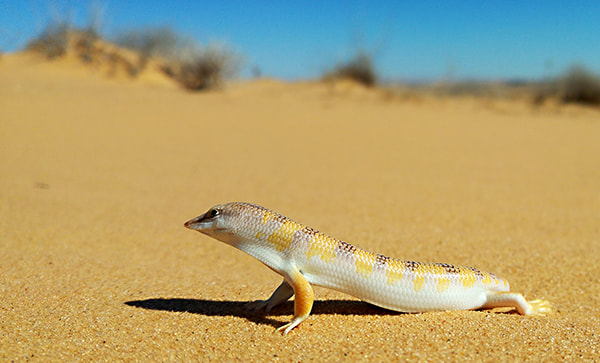
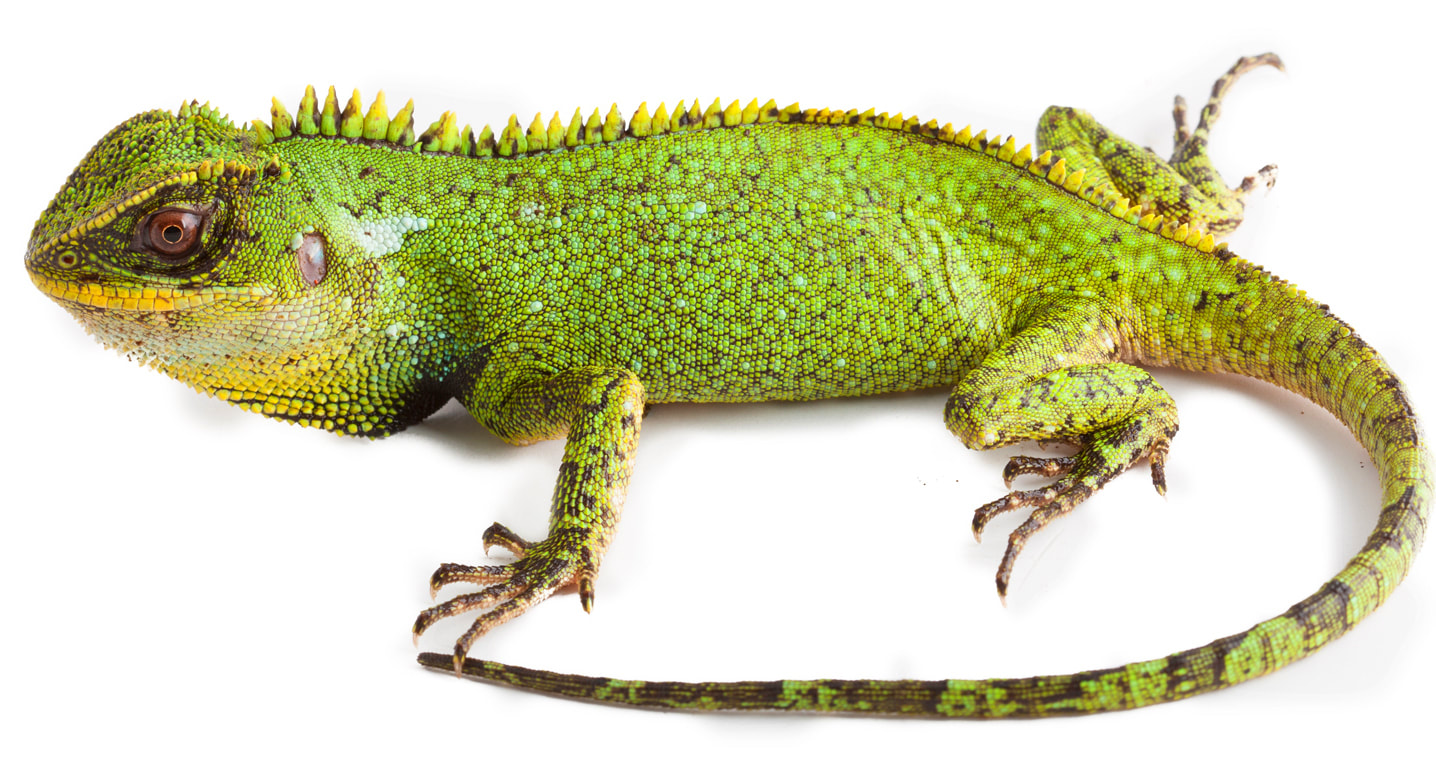
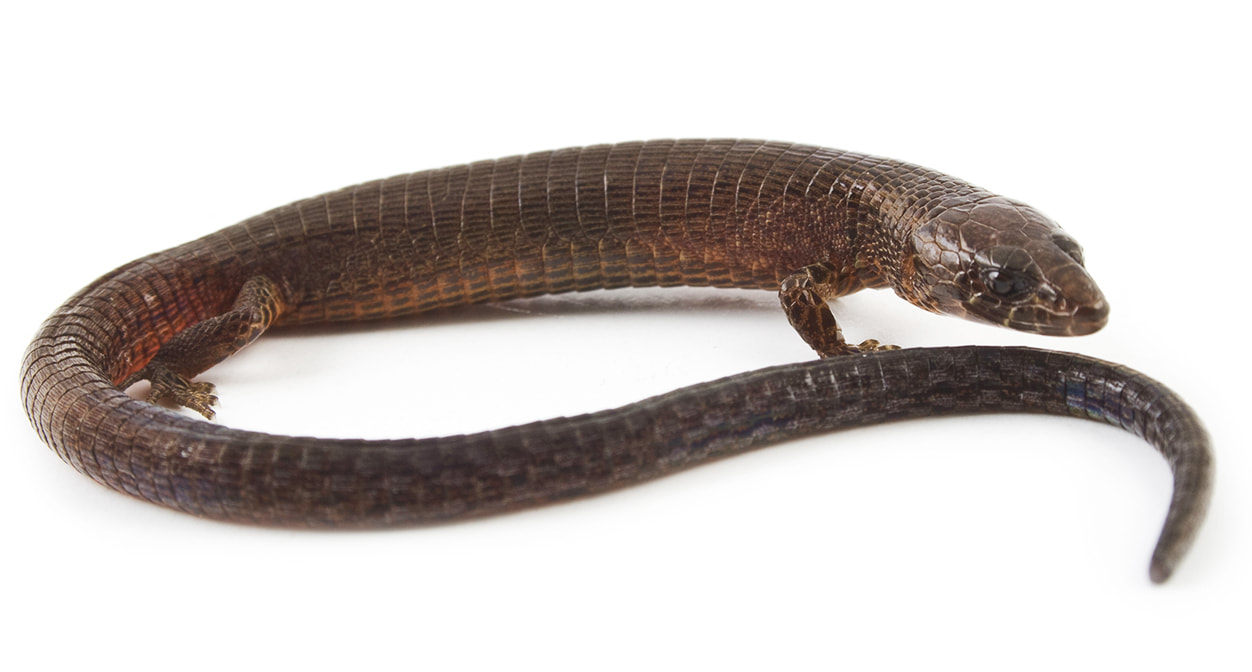
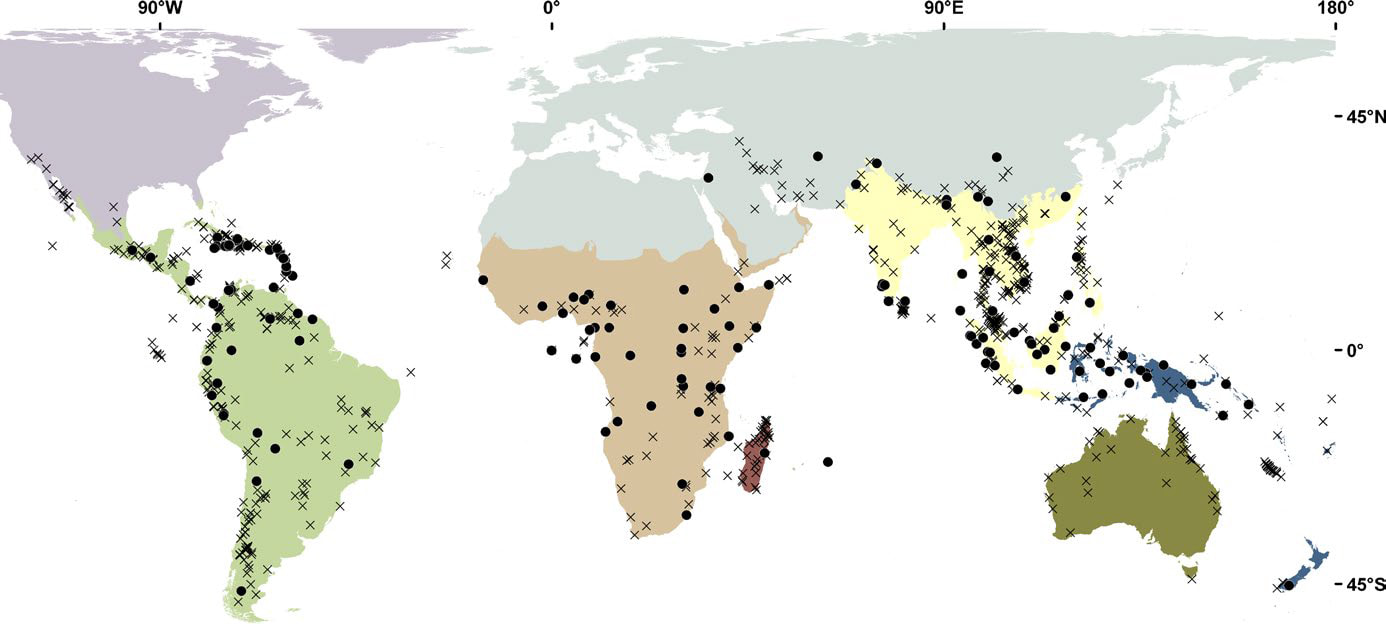
 RSS Feed
RSS Feed
